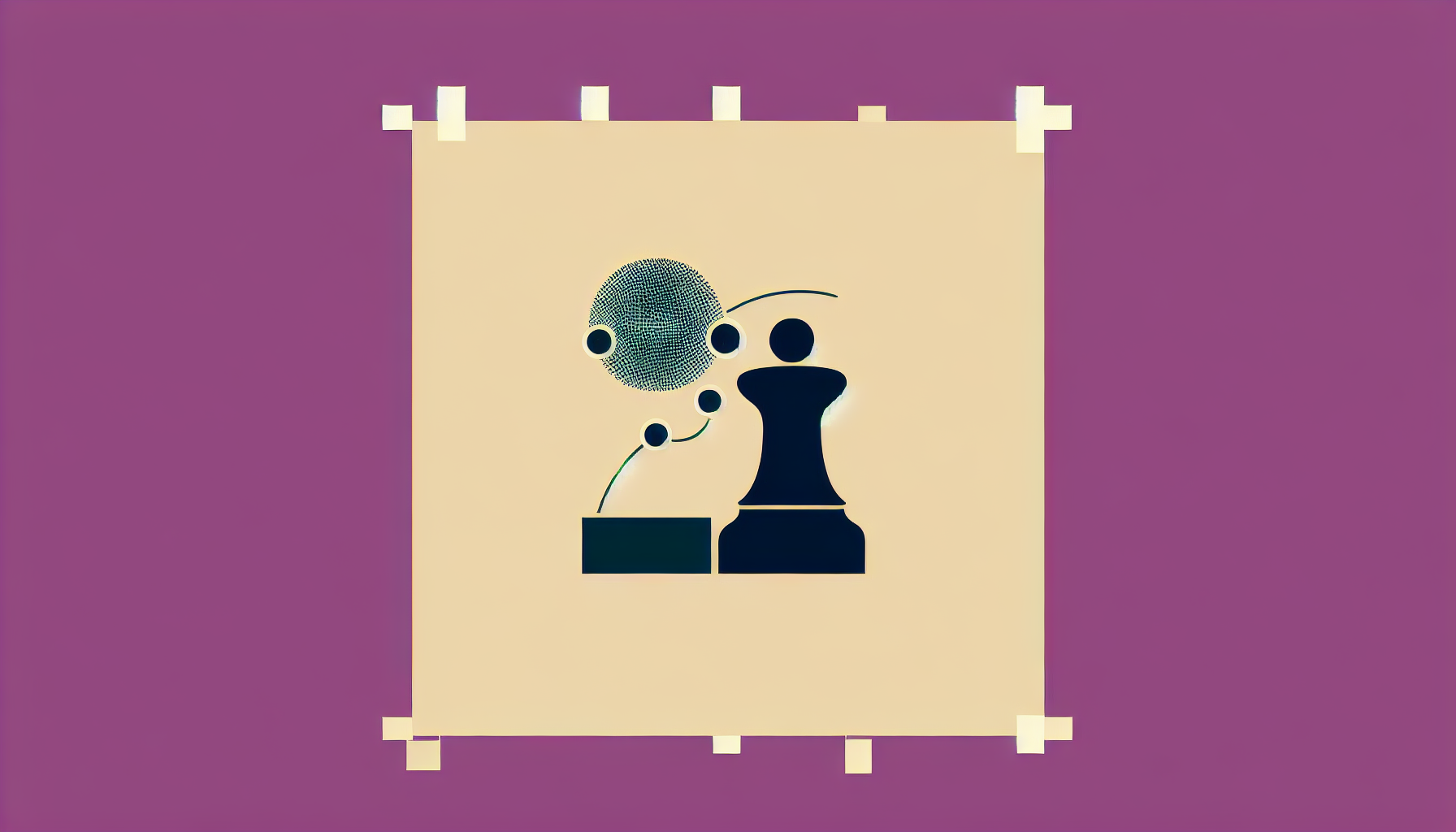In the delightful confusion of technological advancement, where machines learn from mountains of data and artificial intelligence (AI) systems can beat you at chess, Go, and perhaps soon, charades, one question looms larger than a black hole: Who exactly is responsible when an AI makes a decision? Granted, AI doesn’t toss a coin or leave the decision to a committee that debates over coffee. But how do we untangle this web of machine decision-making and assign ethical responsibility?
The promise of AI is vast, offering breakthroughs in medicine, finance, and even matchmaking—because who better to pair you than an algorithm with access to your social media antics? But, lurking in the shadows of its promise are decisions made by AI that can carry significant consequences. For instance, an AI system in healthcare might determine someone’s treatment path. So, if it makes an error, who’s holding the reins?
The Makers Behind the Curtain
Behind every intelligent machine stands a parade of individuals and entities. From the software engineers tapping away at keyboards, to the companies funding the technology, to the researchers developing the underlying algorithms. It’s tempting to hold them up as the string-pullers. After all, they design, train, and deploy these systems. However, ethical responsibility here isn’t just about blaming the wizard behind the curtain.
There’s an argument that creators of AI systems should shoulder a significant part of the responsibility, because their decisions shape the behavior of AI. Ethical guidelines surrounding testing, deployment, and transparency should be non-negotiables in their workflow. However, the complexity of AI systems ensures that predicting how they will behave in every conceivable scenario is like predicting the mood of a teenager—often wildly unpredictable.
The Invisible Hand of Regulation
Ah, regulation—like a referee in a sport that’s still making up its own rules. Governments and regulatory bodies worldwide are peering into the AI Pandora’s Box with varying degrees of trepidation. In theory, they hold another piece of those proverbial reins. Regulations can establish the playing field, ensuring AI is developed and used ethically, safeguarding public interest. They serve to give a structure within which tech developers and deployers can operate responsibly.
It’s crucial for regulatory frameworks to evolve as the technology does—to be neither too sluggish nor too hasty. Otherwise, they might end up like an instruction manual in Swedish when you need it in English. Already, we’ve seen guidelines such as the European Union’s General Data Protection Regulation (GDPR) step into the fray, albeit with their own limitations when considering rapidly evolving technologies like AI.
The End Users: Masters or Mere Participants?
Behind every AI decision affecting lives, there usually lurks a human end-user pressing ‘Enter.’ Users can range from patients relying on AI-driven diagnostic systems to judges using AI technology in courtrooms. Should these users carry the weight of ethical responsibility for AI decisions? It’s not entirely implausible given they initiate and often implement these decisions.
But expecting users to comprehend the nitty-gritty of machine learning is a bit like asking my goldfish to solve a Rubik’s cube. They usually aren’t privy to the inner workings of the AI systems they use. Empowering and educating users with transparency about AI capabilities and limitations might map a clearer path for shared responsibility, reducing the “it’s-not-my-fault” shrug.
An Evolving Web of Accountability
As AI becomes more pervasive, ethical responsibility resembles a pointillist painting—comprised of myriad dots representing developers, corporations, regulatory bodies, and end-users. The intersections among these dots form a cohesive picture of accountability, despite appearing disconnected at first glance.
Dialogue and teamwork among these various stakeholders are essential for sustaining ethical AI development. This includes pushing for accountability, fostering educational initiatives, and encouraging public discourse. Ah, yes, public discourse! Arguably as beneficial to civilization as it is accompanied by staple coffee discussion. The more informed the public, the keener the collective eye to spot potential ethical missteps in AI technology before they cascade into Everest-sized problems.
The AI of Tomorrow
Looking to the future, the quest for ethical responsibility in AI decision-making is akin to searching for the Holy Grail—a journey with discovery upon each step, but with no easy destinations. Soon, AI might reach levels of proficiency verging on autonomy, which will unfurl new ethical conundrums, not unlike figuring out why chameleons, while colorful, seem to have the eye-hand coordination of jugglers.
In the foreseeable journey, humanity will continue to wrangle with these questions, balancing on the tightrope between innovation and ethical responsibility. One can only hope that when machines do achieve greater decision-making capacities, we humans have, by then, collectively practiced enough responsible decision-making ourselves to guide them with wisdom, empathy, and—perhaps most crucially—the occasional well-placed joke to remind us of our shared humanity.
Until then, the reins of AI ethical responsibility remain tightly clenched in the collaborative grasp of creators, regulators, users, and the conscientious observer: you, me, and everyone weaving this complex story of AI.

Leave a Reply